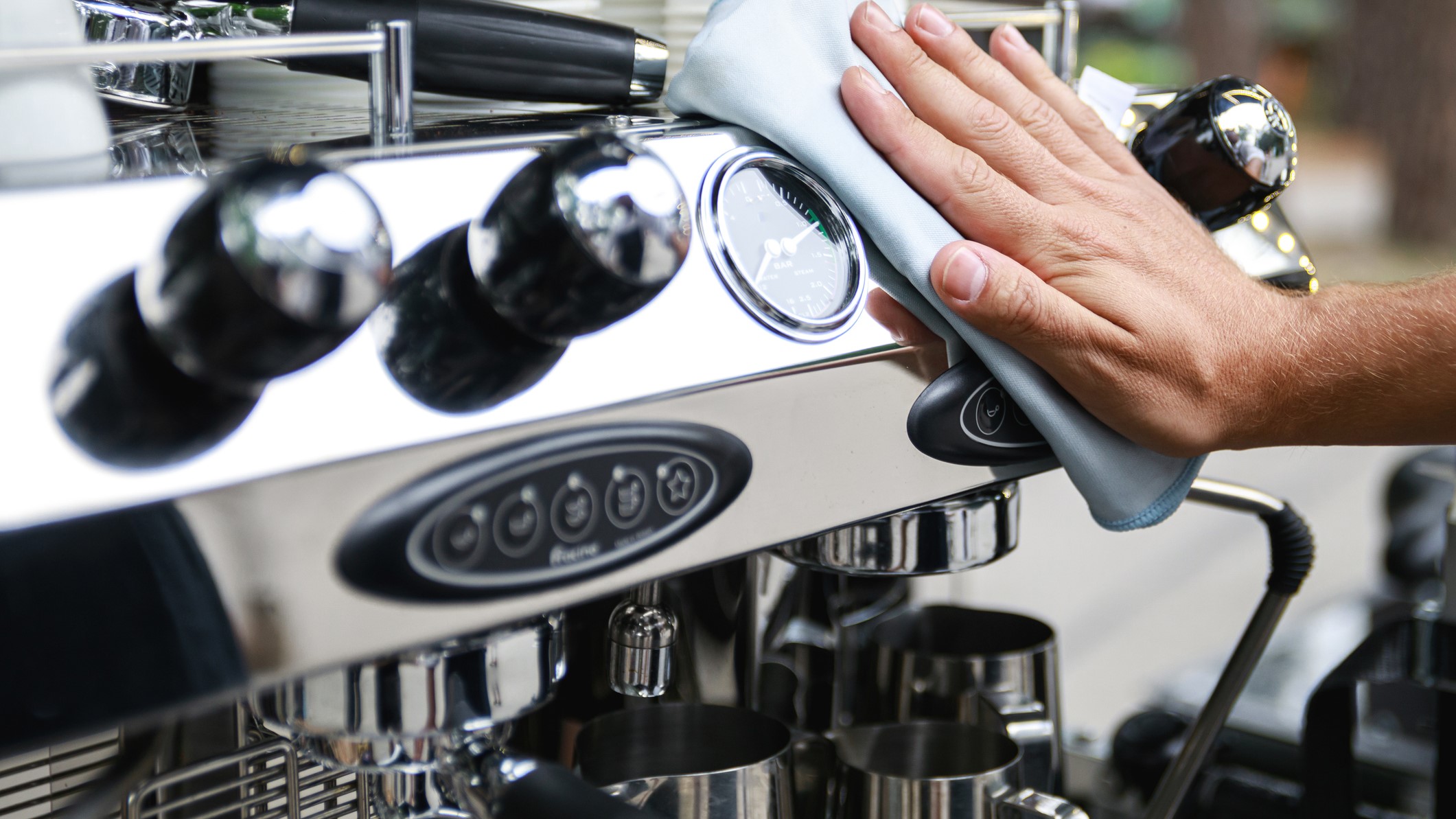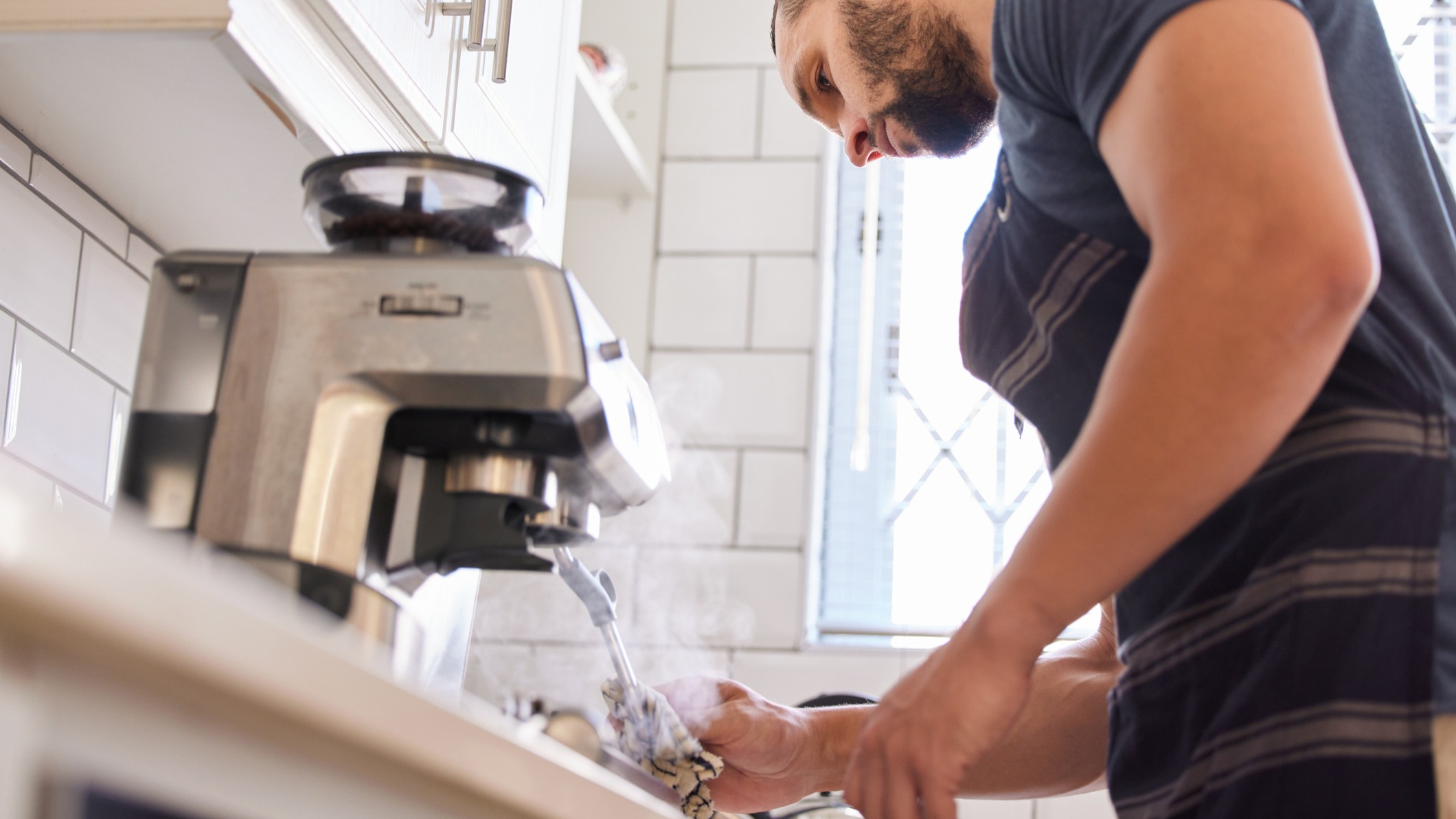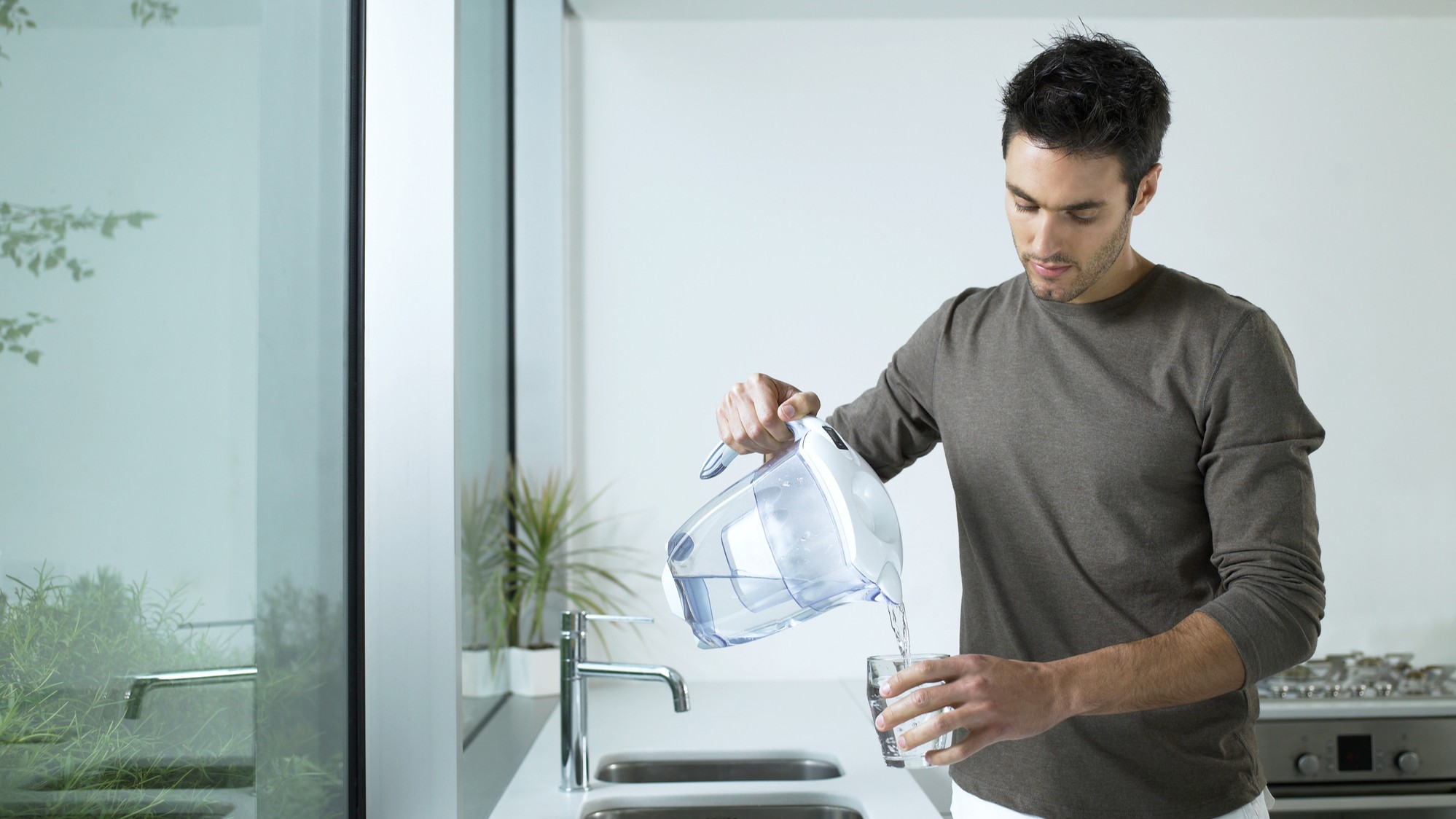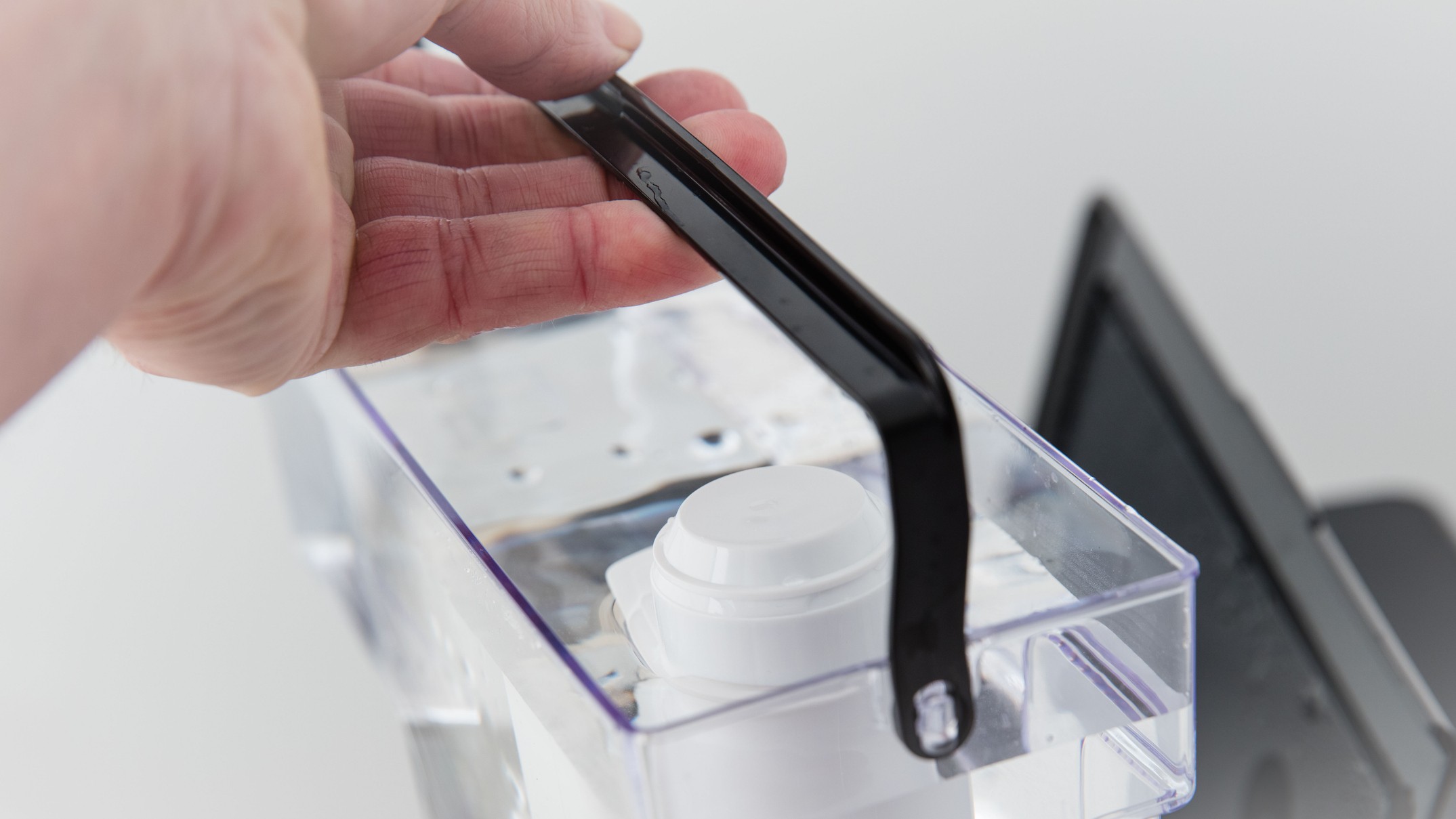
If you've been lucky enough to receive a new coffee maker for Christmas, you've got a lot of fun in store - and a lot of potential savings as you brew up cup after cup for a fraction of the price of ordering takeout drinks. But how do you look after your new best friend, and keep it looking and working perfectly?
Careful reading of the instruction manual should be your starting point (if you've lost it, searching online for the machine's model number will likely produce a PDF version). However, there are some general rules of thumb that apply to all coffee makers to help keep them running perfectly for years to come, with no worries about slow extraction, limescale build-ups, or funky smells.
Here I've provided advice from coffee machine manufacturers and coffee experts, but if you're in any doubt and the manual doesn't help then it's best to reach out to the maker of your specific machine for guidance. You'll find a list of useful contacts at the end of this article.
If you weren't fortunate enough to receive a new coffee machine on Christmas Day and you're thinking of treating yourself to one in the January sales, take a look at our roundup of the best coffee makers tested and recommended by kitchen appliance experts.

1. Keep up with everyday cleaning
Even the best espresso machines need regular TLC to keep them at peak performance. If you have a manual or semi-automatic espresso machine, make sure you knock any leftover grounds out of the portafilter basket after each use (a simple knock box may prove useful) and give the basket a wipe with a cloth. If you've used the steam wand, run it for a few seconds to purge it as soon as you've finished, and wipe the outside well with a damp cloth to remove residue.
Once you've made your last coffee of the day, use a clean cloth to wipe the inside of the group head, and flush water through by running the machine as if you were making a coffee, but without inserting the portafilter. Remove the portafilter from the basket and give them both a thorough clean with hot water (I also use dish soap on mine). You can remove the steam wand, soak it in hot water, and then give it a scrub, but many people find purging and wiping after each use sufficient. If your machine has a drip tray, empty and wash it each day to prevent build-up of dirty water.
Fully automatic coffee makers will have a cleaning program that flushes hot water through the system as part of regular maintenance. The machine will usually alert you when this needs doing - with a light, audio cue, or on-screen icon. Generally speaking, automatic milk frothing systems (like that of the Smeg BCC13, for example) should be purged after every use, just like you'd purge the steam wand of a manual coffee machine. Milk fats and proteins can easily build up and provide a breeding ground for bacteria, so this is a very important step.

2. Consider filtered water
You should change the water in your coffee machine's tank at least once a day for good-tasting coffee, and be aware that the mineral composition of your tap water can have a huge effect on the flavor profile.
Gaggia recommends using filtered water in your coffee maker, as do many professional baristas I've spoken to. This not only ensures a consistent taste (most of your espresso shot is water after all), it also helps limit limescale build-up in your machine.
However, filtered water isn't mandatory, and many manufacturers assume you'll be filling your machine's tank straight from the tap. For example, Smeg advises using "fresh, clean water", but doesn't stipulate that it should be filtered and its machines are set up for hard water as standard. If your water is particularly hard, you can buy a separate filter specially made to fit your Smeg machine.
If you use a water filter like this inside your coffee machine's tank, make sure to change it regularly - otherwise, it could do your coffee's flavor more harm than good.

3. Descale regularly
Even if you use filtered water, you should still descale your coffee maker following the instructions in its manual. Visible deposits, gurgling noises, unusually long brew times, and warning lights are all indications that it's time to descale. Most manufacturers recommend descaling every three months to ensure things keep running smoothly.
Be careful when choosing a descaling product - some are more acidic than others, and descalers intended for kettles or shower heads may not be suitable for coffee machines. Most manufacturers have their own products, though some also provide a list of recommended third-party options, which may be cheaper. For example, Smeg suggests Oust liquid descaler, while Sage suggests using either its own descaler or one from Puly Caff. Nespresso recommends descaling your machine every three months, or after using 300 capsules (whichever comes first) using an official Nespresso descaling kit.
A solution of white vinegar and water can also be an effective descaler, but should only be used if recommended by your coffee machine's manufacturer. Both KitchenAid and Lavazza suggest a solution of equal parts white vinegar and water as an alternative to a commercial descaler.
De'Longhi explicitly warns against using vinegar, instead advising owners to use EcoDecalk descaler in their coffee machines.
4. Degrease - don't 'season'
"You wouldn't cook in a dirty pan, so you should be treating your coffee equipment in the same manner," Christine Yip, head of coffee at OddKin Coffee Roasters, told us in her list of common coffee-making mistakes. "And don't let old-school thinkers let you believe that you have to 'season' your equipment and let the coffee oils bake on. That's a big no-no."
Gaggia advises regularly de-greasing your machine to remove coffee oils, and says doing so "can improve the performance of the machine and the taste of your coffee". The video below shows the process of degreasing one of Gaggia's manual coffee machines using Puly degreasing tablets (also known as Puly Superautomatic Espresso Coffee Machine Cleaner).
5. Keep surfaces spotless
To ensure your machine stays looking as good as new, wipe the outside regularly with a clean, damp cloth to remove watermarks and fingerprints. Don't use abrasive scrubs or acidic anti-limescale cleaners, as these can damage the surface.
Some parts of your coffee maker may be dishwasher-safe (like the carafe if you have a drip coffee maker) but always check before trying it. Other components, like the drip tray, may be amenable to hand-washing in warm, soapy water.
6. Call the experts
If you have a question about caring for your coffee maker and can't find guidance in the manual, you can call the company's customer support team using one of the numbers listed below. Make sure you have your coffee machine nearby when you call, in case you're asked for specific details.







